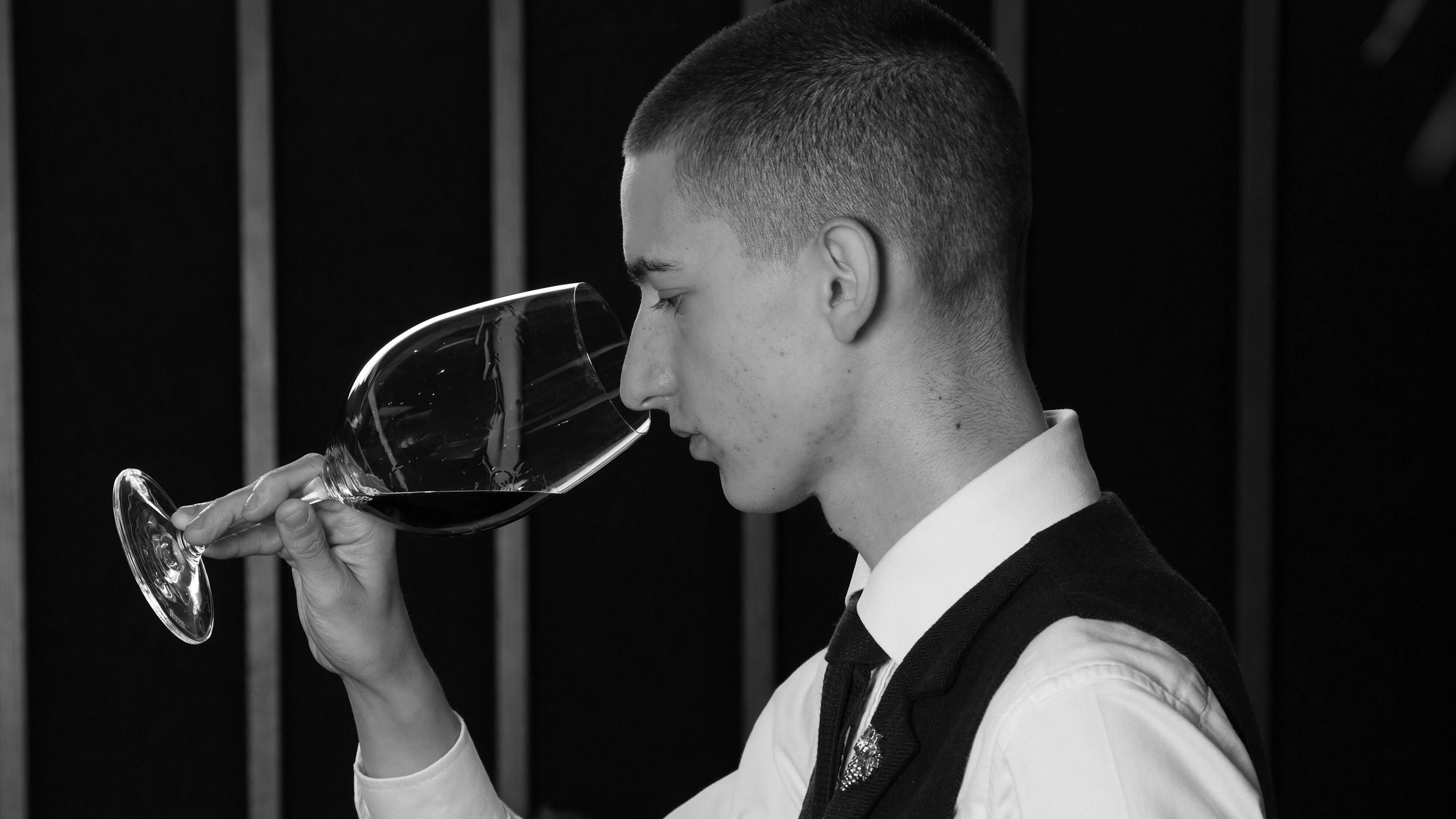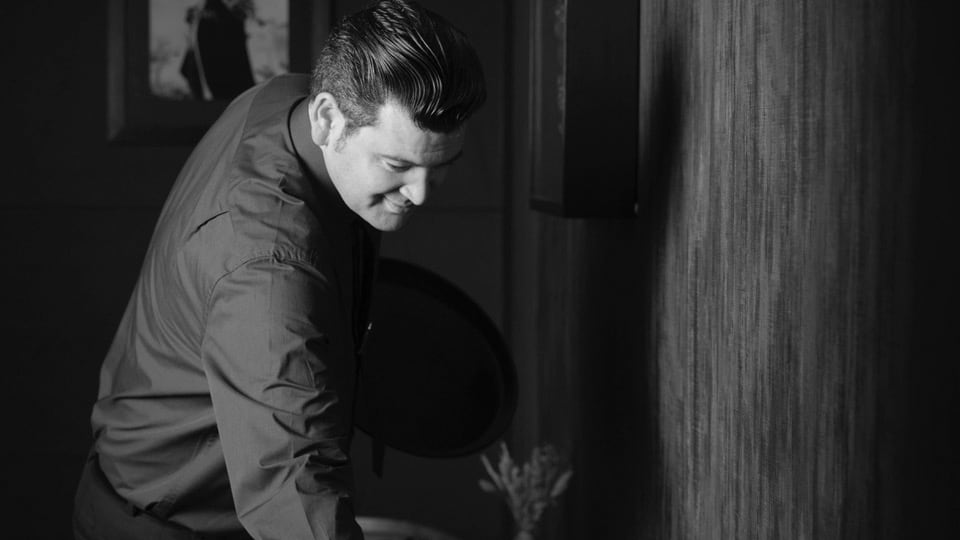Tell us about the moment you first became interested in wine
I didn’t drink until I was 22, so it was a strange detour. I feel in love with wine while at The River Café, I remember memorising the bin ends and tasting things with the sommelier that had been decanted.
Describe your wine list at your restaurants
That’s hard to do in a paragraph! It’s entirely Italian, focused around indigenous grapes and family-run estates. There’s always a smattering of old bottles and rare treasures, but most importantly, every wine tells the story of its place and the people who made it.
Over the course of your career, have you had any wine-related disasters?
I sold a very old bottle of Barolo Borgogno on one of my first days on the floor as a sommelier without warning the guests there was a high risk it wouldn’t be ok, and it wasn’t! They complained and we had to refund the bottle, which was really expensive. I learned the hard way.
Name your top three restaurant wine lists
Bocca di Lupo, The River Café, and Andrew Edmunds (all in London).
Who do you most respect in the wine world?
Giuseppe Turi (of Enoteca Turi fame). He’s a friend and mentor, and even a few years into retirement still has the best palate I know and the best wine collection by far.
What’s the most interesting wine you’ve come across recently?
Xero Infinito from Pojer e Sandri. It’s an unfiltered sparkling natural wine with incredible freshness and purity. It can be enjoyed clear or shaken with the sediment. Totally surprising and so good.
What are the three most overused tasting notes?
Fresh, crisp, and fruity.
What’s the best value wine on your list at the moment?
Vino Nobile di Montepulciano from Valdipiatta. Just a stone’s throw from Montalcino, it shares a similar blend, ageing process, and climate with Brunello di Montalcino, but comes at a fraction of the price. It’s excellent quality and has great ageing potential while also being ready to drink now.
What is your ultimate food and drink match?
Barbaresco, aged cheese and moromi miso (a miso with added grains that is typically eaten as a condiment).
Old World or New World?
Old World.
What is your pet hate when it comes to wine service in other restaurants?
The use of overly flowery or technical language at the expense of genuine passion. Wine is one of life’s great pleasures. We should be helping people enjoy it, not making it feel inaccessible.
Who is your favourite producer right now?
Manincor. I just can’t get enough. Everything they make is delicious. Alto Adige is a magical winemaking region that doesn’t get nearly enough attention. I especially love their Pinot Bianco, their sweet wine Le Petit, and Mason — one of the finest expressions of Pinot Noir in Italy. Their wines are precise, expressive of place, and somehow also organic and biodynamic.
As a sommelier what question do you most get asked by customers?
“We’re looking for a crisp, dry white — what do you recommend?”
Which wine-producing region or country is underrated at the moment (and why)?
Trentino-Alto Adige, in the north of Italy. Nestled in the Dolomites, it’s an incredible mountainous region producing outstanding white and red wines. In my opinion, it’s the best place in the world for the underrated grape Pinot Bianco.
It’s your last meal and you can have a bottle of any wine in the world. What is it and why?
Barbaresco Albesani Vigna Santo Stefano 2011. For several reasons. First, Nebbiolo is almost certainly my favourite grape, and Barbaresco is probably my preferred expression of it — elegant, structured, savoury, and always surprising. This particular wine also holds huge sentimental value. 2011 was the final vintage of this bottling, made from the famed Santo Stefano vineyard in Castello di Neive. The fruit came from an exchange between two legends of the Langhe — Bruno Giacosa and Italo Stupino — great friends and icons in their own right. I was lucky enough to hear the story first hand from Italo. And of course, it’s just delicious. The nose is incredible — sour cherry, thyme, rosemary, with subtle notes of tobacco, violet, and liquorice. It’s one of those bottles that tells a story of place, people, and time passing, and it’s deeply personal to my wine journey.





